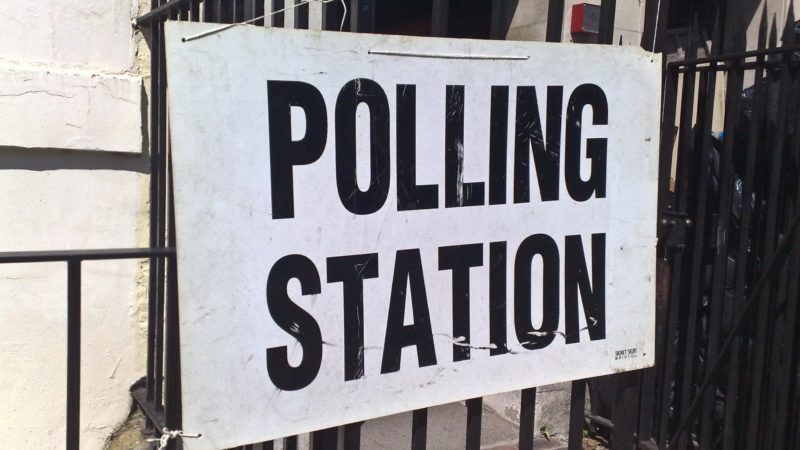This vote is about bins not Brexit - and the big parties dominate.

On 2nd May, much of England will hold council elections. Using analysis drawn from a comprehensive database of all the candidates standing, here are six key points to help you make sense of the national picture.
1. It’s a big one
This is the largest public vote in Britain since the 2017 General Election, and the largest local election in four years. 248 English local authorities are electing all or part of their council: that’s over 5,200 wards and 8,400 individual seats. Almost 25,800 candidates are standing, representing 156 separate political parties, not to mention 1,671 independent candidates.
2. But not everywhere in England is up for election
The election is largely taking place in the shires. Most counties in the South, East Anglia, the Midlands and the North are voting, but London and Birmingham are not involved and other cities are only electing a third of their councillors. This geography matters because…
3. This year the focus is on the Conservatives
Last year’s local elections took place in Labour-leaning areas, where that party won more seats than all others combined. This year it’s the turn of the Conservative heartlands. Conservative councillors are the incumbents in over 5,000 of the seats up for election, and in total the party is contesting 91% of all seats.
No other party comes close to this: Labour have put up candidates for 73% of seats, the Liberal Democrats are fighting half, the Greens 30% and UKIP 16%. A bad night for the Conservatives might see them lose 500 or more seats – but there is little question that they will emerge as the largest party.
4. For many people, there won’t be a lot of choice on the ballot paper
The figures quoted above mean that in many places there will not be a wide range of parties for voters to choose from. 16% of ballot papers will only contain two party options– and in almost every single case, one of them will be a Conservative. Opposition to the Conservatives is so limited in some areas that the party is already guaranteed 283 candidates before the polls open, because no-one has turned up to face them. Labour are guaranteed twenty-five ‘free’ seats in this way, and the Liberal Democrats twelve.
5. Don’t expect a surge of minor parties
Although 151 other parties are involved, the vast majority are regional, local or residents’ associations, none of which fielding more than forty candidates. Of the minor ‘national’ parties the largest – Socialist Alternative and The For Britain Movement – are only fielding forty-four and forty-three candidates respectively. The Liberal Party is fielding thirty-three, the Women’s Equality Party twenty-six, the Democrats and Veterans Party seventeen and the English Democrats ten.
All other ‘national’ parties are fielding nine or fewer. By my calculation, you have a 0.09% chance of spotting a member of the Official Monster Raving Loony Party on your ballot on 2 May.
6. Bins, not Brexit
Although Brexit is dominating the national scene it may be difficult to measure its impact on these elections. With relatively few UKIP and no Brexit Party candidates, the choice for many Leave voters will not be obvious if they wish to lodge a protest against Parliamentary events.
Don’t expect to see Change UK on the ballot either: the party didn’t formally exist when nominations closed, and so is standing no candidates.
If you ask your local candidates about their stance on the EU, don’t be surprised if they quickly try to change the subject…
The above figures are taken from an analysis by Democracy Club. Voters can find their full list of ballot options online at whocanivotefor.co.uk
Peter Keeling is Elections Assistant at Democracy Club.
Left Foot Forward doesn't have the backing of big business or billionaires. We rely on the kind and generous support of ordinary people like you.
You can support hard-hitting journalism that holds the right to account, provides a forum for debate among progressives, and covers the stories the rest of the media ignore. Donate today.




3 Responses to “Six things you need to know about the English local elections”
Tom Sacold
Brexit will continue to dominate and rightly so.
We have seen the metropolitan establishment elite in both main parties wilfully ignore the democratic decision of the British people to keep us in the neoliberal captialist club of the EU.
Patrick Newman
Tom, you are doing a great job for UKIP and Farage but you are also trivialising the work of Labour councillors and undervaluing the services of local government which are being provided under extreme difficulties.
Robert Holland
In rural Craven (North Yorkshire), Tories are not contesting half the wards, where there are vacancies .. Labour are contesting all wards where an election is due this year..